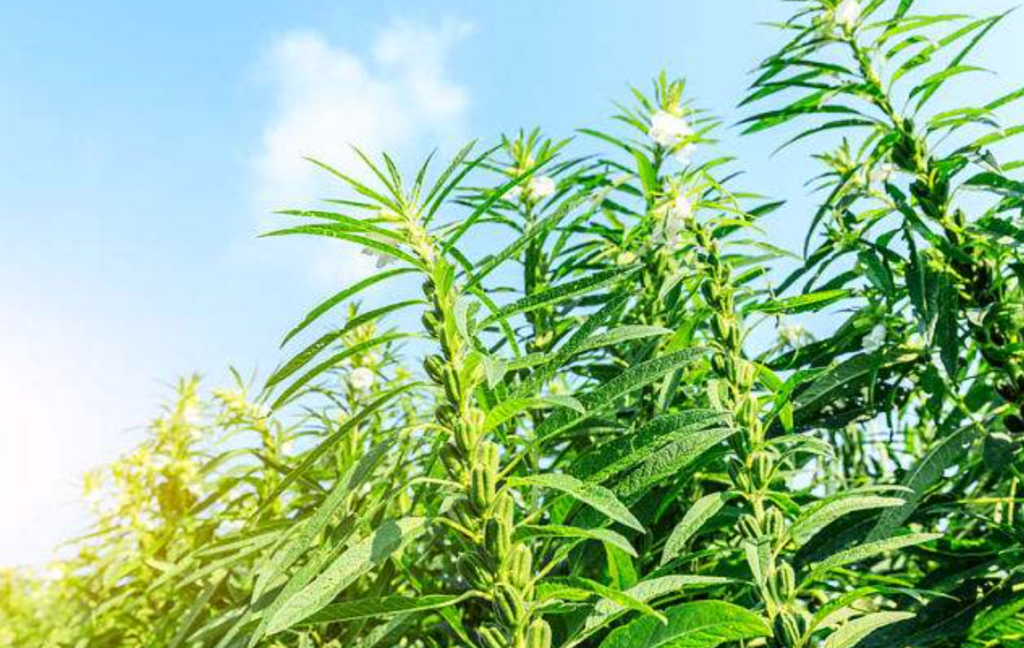Which Crops Were First Cultivated By The Chinese?
Oct 11 , 2022What is a crop? Which crops were first cultivated by the Chinese?
In daily life, rice, soybean, wheat and corn are all major crops in my country. They are essential foods in our daily diet and play an important role in our daily life. So does anyone know which rice, wheat, corn, and soybean are the earliest cultivated by the Chinese?
Rice: It is one of the staple foods for half of the world's population at present. In addition to the daily consumption of rice, it can also be used for brewing and sugar making as industrial raw materials. Rice husks and rice straws can be used as livestock feed.
Corn: native to Central and South America, my country's main producing areas are in the northeast, north and southwest mountainous areas.

Soybeans: most commonly used to make various soy products, extract soybean oil, brew soy sauce and extract protein. Soybean has been cultivated in China for 5,000 years and is one of the important food crops.
Wheat: It belongs to the grass family, and the Mesopotamia is the first area in the world where wheat was grown.
Among rice, wheat, corn, and soybeans, rice is the earliest cultivated by the Chinese. Rice has appeared in the Yangtze River Basin of China as early as 7,000 years ago.
Crops are green plants cultivated by human beings called crops, while crops cultivated in larger areas are called crops. At present, there are about 1,500 species of plants cultivated by humans, which can be roughly divided into three categories: crops, horticultural crops and forest trees.
The basis and method of crop classification:
1. Classification according to the physiological and ecological characteristics of crops
1. According to the requirements of crops for temperature conditions
Temperature-loving crops: The temperature and accumulated temperature required in the whole growth period are high, and the minimum temperature for growth and development is 10 °C, such as rice, corn, cotton, sorghum, millet, peanut, tobacco, sugarcane, sesame, jute, kenaf Wait;
Cold-resistant crops: The temperature and accumulated temperature required for the whole growth period are relatively low, and the minimum temperature for their growth and development is about 1-5 °C, such as wheat, barley, rye, oats, rape, broad beans, and glutinous seeds.
2. According to the response of crops to photoperiod
Long-day crops: crops that are suitable for growth and development under long-light conditions and can promote development by extending the light are called long-day crops, such as wheat, barley, rye, rape, etc.
Short-day crops: crops that are suitable for growth and development under long-dark conditions and can promote development by extending the dark time are called short-day crops, such as rice, corn, cotton, sorghum, peanut, soybean, tobacco, jute, raw hemp Wait.
Neutral crops: There are no strict requirements on the length of light, such as peas, buckwheat, etc., which are called neutral crops.
Fixed-day crops: The length of sunshine needs to be controlled within a certain period of time to complete its growth cycle. For example, some varieties of sugarcane can only bloom under the conditions of 12 hours and 45 minutes of sunshine length.
3. According to the characteristics of crops' carbon dioxide assimilation pathway
Three-carbon (C3) crops: The carbon dioxide compensation point of photosynthesis is high, and there is strong photorespiration, such as rice, wheat, cotton, soybean, and tobacco.
Four-carbon (C4) crops: The carbon dioxide compensation point of photosynthesis is low, and the photosynthetic intensity is higher than that of three-carbon crops under high temperature and strong light, such as corn, sorghum, sugarcane, etc.
Crassulaceae (CAM) crops: stomata open at night, absorb carbon dioxide, and store it in the plant. During the day, the pores are closed, and the carbon dioxide in the plant is used for photosynthesis. Its plants include sedum, sisal, pineapple, orchid, etc.
2. Classification according to the characteristics of agricultural production
1. The sowing period is divided: spring crops, summer crops, autumn crops, winter crops;
2. Classification of sowing density: densely planted crops and row crops;
3. Harvest season division: summer crops, autumn crops;
4. Stem height division: tall crops, dwarf crops, creeping crops
5. Classification of root growth characteristics: tap root crops, fibrous root crops, and root crops
3. According to the combination of use and botanical system
1. Food crops
Cereals: barley, wheat, rice, corn, sorghum, millet, chestnut
Legume crops: soybean, mung bean, pea, broad bean
Potato crops: sweet potato, potato, taro
2. Cash crops
Fiber crops: cotton, kenaf, ramie
Oil crops: rape, peanut, sunflower, sesame
Sugar crops: sugar cane, sugar beet
Favorite crops: tobacco, coffee, tea
3. Feed and green manure crops
Legumes: Aozi, Alfalfa, Vetch, etc.;
Poaceae: Sudan grass, ryegrass, brome grass, etc.,
Others: red weed, water hyacinth, water lotus, water peanut, etc.
4. Special crops
The main ones are: reed, mat grass, mint, spearmint, mulberry, rubber, pepper, star anise, cinnamon, etc.
Key words: agro drone sprayer, crop spraying drone price, drone in agriculture spraying